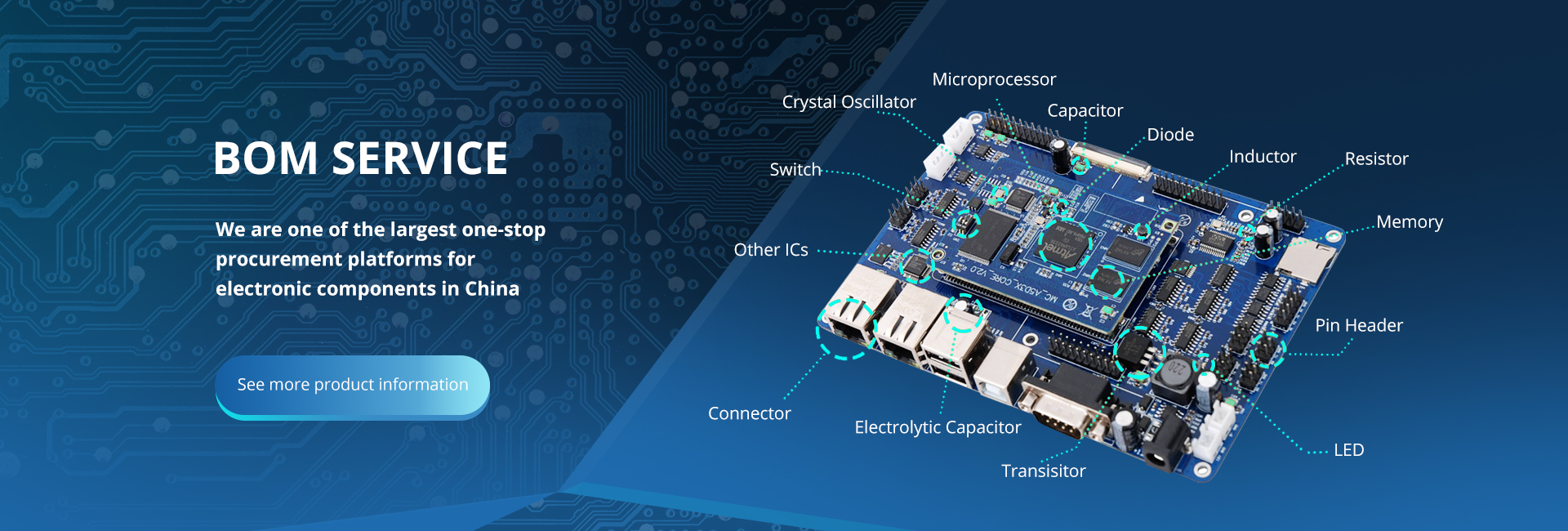In the world of technology and electronics, semiconductors are the backbone of modern devices. From smartphones and laptops to solar panels and automotive electronics, semiconductors are essential for creating the advanced technology that shapes our daily lives. Among the different types of semiconductors, extrinsic semiconductors play a crucial role in enhancing the efficiency and functionality of electronic devices.
Extrinsic semiconductors are doped semiconductors, meaning that they have been intentionally contaminated with impurities to modify their electrical properties. By adding specific impurities to a semiconductor material, it is possible to alter its conductivity, making it more suitable for various electronic applications. This process of doping is essential for creating semiconductors with specific characteristics and functionalities, allowing for the development of advanced electronic devices and components.
One of the key characteristics of extrinsic semiconductors is their ability to conduct electricity more effectively than intrinsic semiconductors. Intrinsic semiconductors, such as pure silicon and germanium, have a limited conductivity due to their low concentration of charge carriers. However, by introducing impurities into the crystal lattice of a semiconductor material, its conductivity can be significantly improved. This is where extrinsic semiconductors come into play, as they offer enhanced electrical properties that make them ideal for use in a wide range of electronic devices.
There are two main types of extrinsic semiconductors: n-type and p-type. N-type semiconductors are created by doping a semiconductor material with elements from group V of the periodic table, such as phosphorus or arsenic. These impurities introduce additional electrons into the crystal lattice of the semiconductor, thereby increasing its electron concentration and conductivity. N-type semiconductors are known for their abundance of negative charge carriers, which allows for efficient electron flow and high-speed electronic performance.
On the other hand, p-type semiconductors are formed by doping a semiconductor material with elements from group III of the periodic table, such as boron or gallium. These impurities create "holes" in the crystal lattice of the semiconductor, leading to an abundance of positive charge carriers. This results in improved hole conductivity and the ability to efficiently carry a positive charge. P-type semiconductors are essential for creating electronic devices such as diodes and transistors, where the flow of positive charge carriers is crucial for their operation.
The combination of n-type and p-type semiconductors is fundamental for the creation of semiconductor devices known as p-n junctions, which are widely used in electronic components such as diodes and transistors. P-n junctions are formed by joining a p-type semiconductor with an n-type semiconductor, creating a region where the majority carriers from each type of semiconductor combine. This leads to the formation of a depletion region, which plays a critical role in the functioning of semiconductor devices by allowing for the control of electron and hole flow.
Extrinsic semiconductors have revolutionized the field of electronics and technology, enabling the development of increasingly advanced devices with enhanced performance and functionality. From the transistors that power our computers to the solar cells that harness renewable energy, extrinsic semiconductors are essential for driving innovation and progress in the electronic industry.
In conclusion, extrinsic semiconductors are a vital component of modern technology, playing a crucial role in the development of advanced electronic devices and components. By understanding the properties and functionalities of extrinsic semiconductors, we can gain valuable insights into the inner workings of the technology that surrounds us. As technology continues to evolve, extrinsic semiconductors will undoubtedly remain at the forefront of innovation, driving the creation of new and exciting electronic devices that shape our future.









